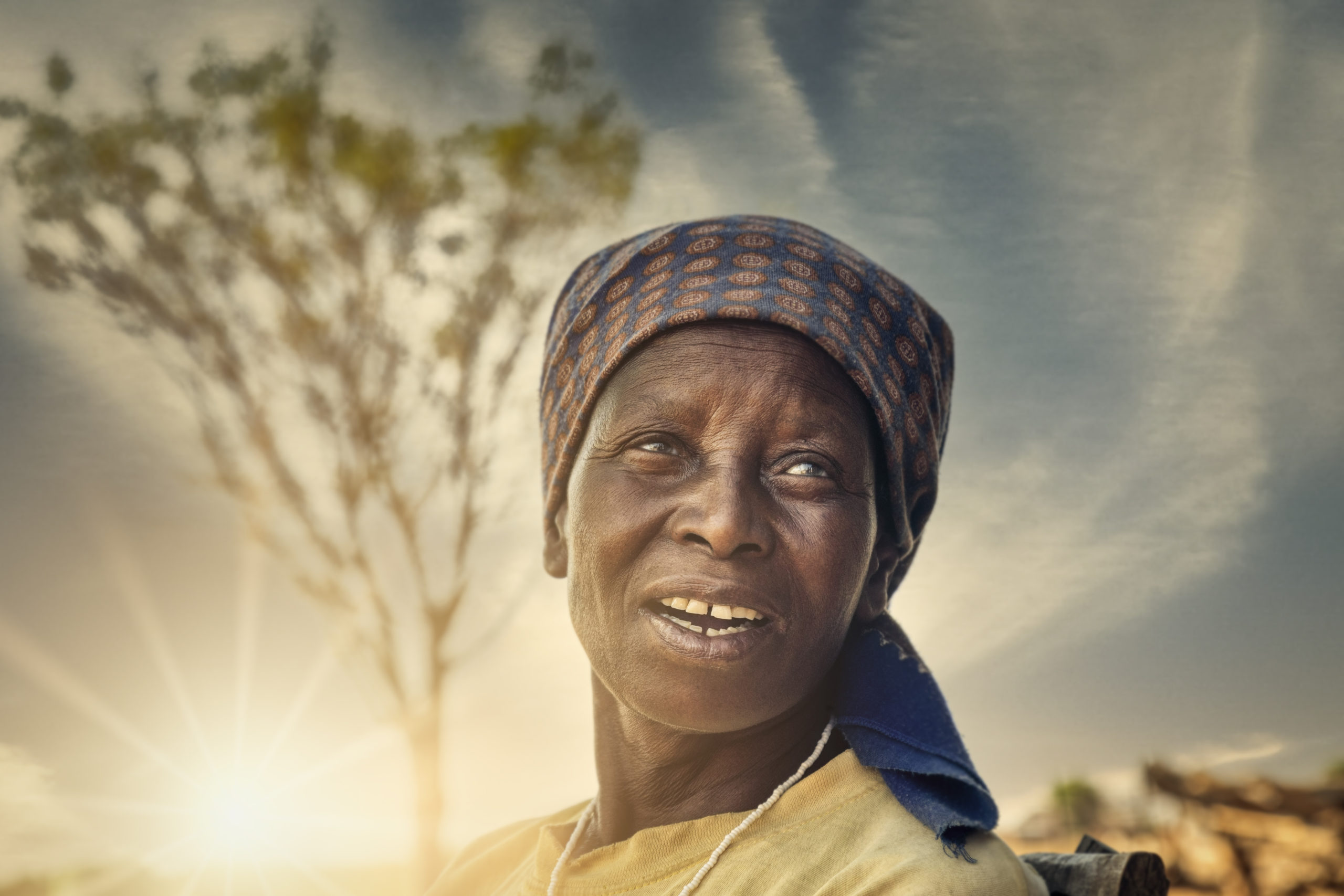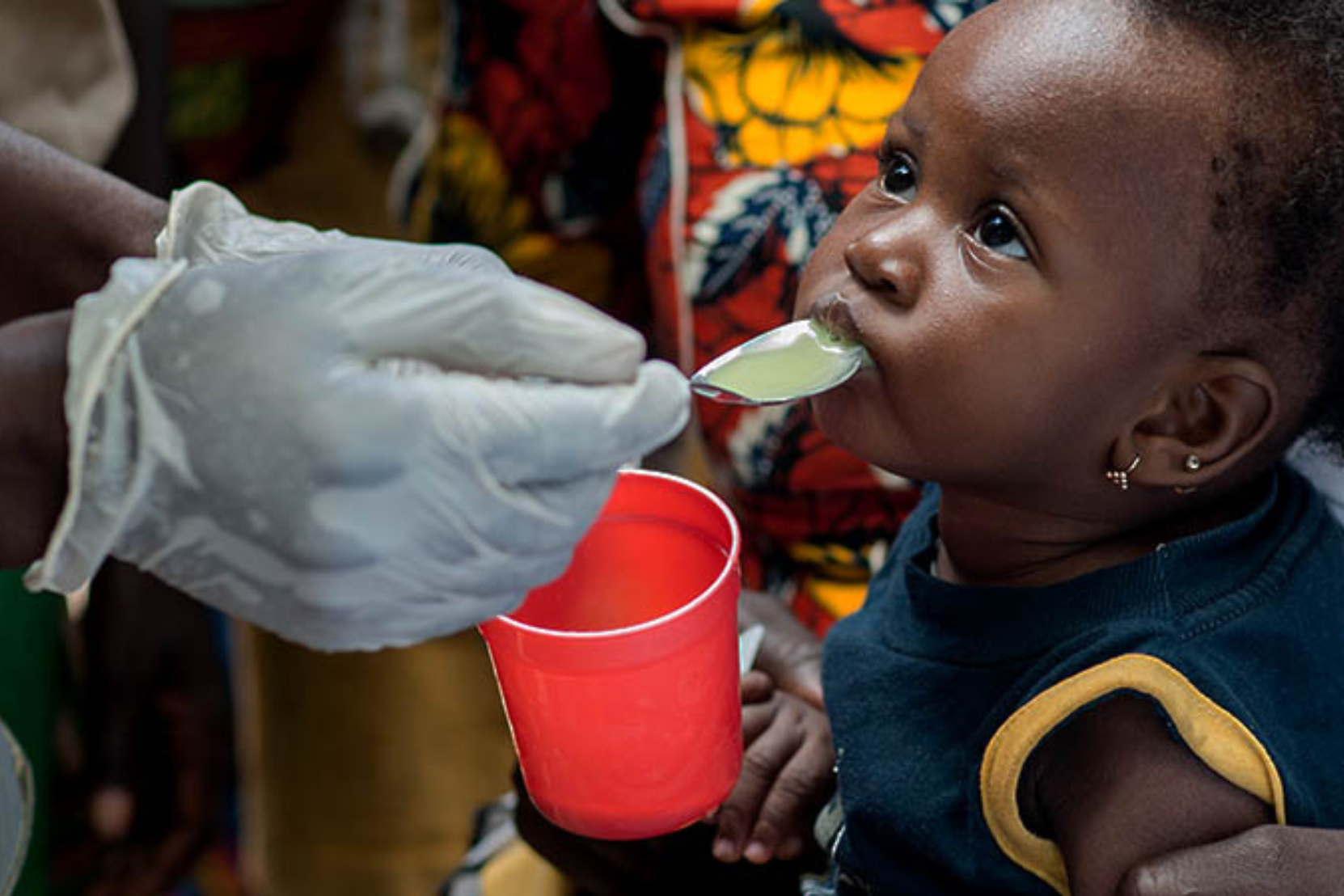Last year, the world saw global wealth surpass $400 trillion for the first time in history. Yet climate extremes and economic slowdowns led 811 million people to go hungry, and the pandemic pushed nearly 100 million people into extreme poverty, creating a “historically unprecedented” increase in the number of global poor.
At this extraordinary time when global wealth and extreme poverty have both increased, we believe there are more great giving opportunities than ever before. At the top of our list are our recommended charities, which continue to lead the way in finding innovative ways to help those most in need — e.g., to combat hunger and malnutrition in the face of economic lockdowns, the One Acre Fund has turned to digital technology to help farmers access essential resources to keep agriculture open for business, GiveDirectly is using machine learning and cellphone technology to get cash to those most affected by the pandemic, while Sanku-PHC is continuing to provide the inexpensive, basic nutritional support that children require to survive and thrive.
To continue to identify the best giving opportunities, The Life You Can Save is building a nimble in-house research team tasked with developing a new, adaptive charity evaluation framework that can be applied to nonprofits working with a wider range of causes, geographies, and approaches to creating impact. We hope that the framework will help us identify more great nonprofits that are addressing the urgent needs of the 700 million people living in extreme poverty. Our current supporters will have more choice and more ability to give how they want, while remaining confident that they are supporting some of the best organizations out there. And by expanding the set of choices we offer, we hope to bring in new donors who are passionate about particular causes so we can guide them to give better in those cause areas.
In parallel, we’ll continue to work hard to spread the concept of effective giving and inspire more people to donate to saving and improving the lives of people living in extreme poverty. In this way, we hope to help more donors give better and reduce poverty faster.
Why do we need in-house research?
We previously identified top performing nonprofits by reviewing and aggregating research from other charity evaluators under the guidance of a volunteer panel of experts. While this process served us well (and we’re grateful for the panel members’ generous donation of their time and support), it had its limitations. Differences in evaluators’ methods and criteria occasionally led to inconsistencies and confusion around why a given charity was included on our list while equally effective charities were left off. Relying on our volunteer expertise also limited our ability to consistently add more great nonprofits to our list and provide tailored, in-depth recommendations to key donors.
In addition to addressing these limitations, our new in-house research team will allow us to make nonprofit recommendations in priority cause areas where impacts are hard to measure and attribute. For example, climate change has the potential to drive up to 132 million people into poverty by 2030, and advocacy groups such as those recommended by Giving Green and Founders Pledge have consistently pushed world leaders to renew their commitments at COP26 this year. Yet it is hard to quantify the impact of such work using a counterfactual-based approach (what’s an appropriate “control group” for Planet Earth?) or standard metrics like “number of lives saved”. Our team will take a pragmatic approach, by selecting priority cause areas in global poverty and then identifying the most effective nonprofits using methods and metrics appropriate to each area. (On that note: we will soon be announcing our top charity recommendations in climate change — stay tuned! — and in the near future expect to move into other areas like education and mental health)
Who is our research team?
The work on the new framework is being led by development economist Bilal Siddiqi, who joined the team in June this year as Strategic Advisor for Research and Growth. Bilal comes to us via UC Berkeley’s Center for Effective Global Action, where he was Director of Research, and the World Bank, where he worked with governments to embed impact evaluation into their operations. He brings with him nearly two decades of primary research experience on identifying effective interventions to reduce poverty in low- and middle-income countries. His research has been published in the Quarterly Journal of Economics, Science, and The Lancet, among others, and widely covered in press outlets. He holds a Ph.D. in economics from Oxford University, where he studied as a Rhodes Scholar.
Bilal is supported by Anam Vadgama, who has been with us for over two years, leading on executive operations and fundraising. She graduated summa cum laude from Princeton University and is a recipient of the Priscilla Glickman ’92 Memorial Prize.
In 2022 we plan to continue expanding our small but impactful in-house research and evaluation team. To support our research efforts, we are also launching a new Research Fund, which will be used to finance a wide range of evaluation activities, including investigations of different causes of poverty and how to combat them, cost-effectiveness analyses of top performing nonprofits, and consultations with sector experts and other partners.
What’s in the framework?
Our team is busy working on the initial evaluation framework with input from a wide range of stakeholders. Its core features are intuitive (and perhaps familiar to you already): we will focus on problems that are important, tractable, and neglected in the space of global poverty and wellbeing, and draw on scientific evidence and research by other charity evaluators such as GiveWell to identify cost-effective nonprofits working on impactful interventions to solve these problems. In this effort, we will track a range of metrics including:
- The core outcomes the nonprofit aims to change, such as improving health and wellbeing, improving livelihood and economic opportunity, reducing preventable deaths, tackling climate change;
- The target populations the nonprofit aims to serve, such as children, women and girls, people with disabilities, the general public;
- The strength of scientific evidence behind the impact potential of a proposed intervention, as judged by meta-analyses and research by other evaluators;
- The main approaches the nonprofit takes to achieve these changes — from directly providing services, to helping the public and private sector scale effective interventions, to pushing for large-scale systems change through advocacy — and each approach’s risk and potential scale of impact;
- Estimates of the nonprofit’s impact on core outcomes, based on the most rigorous evidence applicable to its intervention, ranging from randomized controlled trials to quasi-experimental approaches to case studies, peer reviews, and assessments by sector experts;
- Cost-effectiveness analyses of the nonprofit, using the most rigorous approaches and impact metrics applicable to the intervention;
- The nonprofit’s commitment to integrity, transparency, learning, and innovation, based on its track record, peer reviews and sector experts.
A challenge in developing this framework is that it needs to work across a wide range of outcomes and impact metrics, and incorporate approaches with different levels of uncertainty, scale and evidentiary standards. Other evaluators have addressed this problem in different ways — from GiveWell’s ”moral weights” to Open Philanthropy’s “worldview diversification”. For now, we will maintain a narrow set of core outcomes that we consider worthwhile, without attempting to equalize impact metrics across the different areas (e.g. by collapsing everything to DALYs or QALYs) since such conversions would increasingly require guesswork and speculation as we move into cause areas like climate change. (Another way to think about this is: when no objective comparison between different causes is possible, we will recommend the most effective giving opportunities given a particular cause area and leave it to our donors to decide which cause area they wish to support.)
In short, we do not seek to duplicate the excellent work of other charity evaluators. Our approach is meant to complement that work, in order to expand the list of giving opportunities for donors with strong preferences for particular causes, geographies, or theories of change. Indeed, we will continue to rely heavily on the research done by other terrific organizations in this space, such as GiveWell, Founders Pledge, Giving Green, Happier Lives Institute, Charity Navigator, and others to identify candidates for our recommendations, even as we also assess them using our own evaluation framework.
We also fully expect to continue recommending nonprofits that have been held to the highest evidentiary standards, such as GiveWell’s top charities. For our current nonprofit recommendations that have not been evaluated at that level of rigor, we have already begun to conduct in-depth reviews of their impact. Where needed, we will work with candidate nonprofits to identify effective interventions and strengthen their impact evaluation approaches and metrics. We will also review our charity list periodically and make sure our recommendations remain relevant and up to date.
What does this mean for you as a donor?
- You can be more confident than ever that there is reliable and rigorous research going into our recommendations, and that your money will directly impact the things you care about;
- You will have even more detailed information about the impact and cost-effectiveness of the nonprofits you support;
- You will have a wider range of donation options, including to organizations working on climate change (coming soon!), education, and other priority areas;
- You will get access to new tools and support to make “smart giving simple.” We recognize that more choice can become overwhelming, and for that reason we have added a giving questionnaire on our homepage and created various funds to make it easier for you to find and select the effective giving options that are important to you;
- You will receive tailored support and advice for large donations.
Stay tuned for an update on our charity recommendations once the framework and current evaluations have been finalized. In the meanwhile, please continue to give to our recommended charities, our new Research Fund, and The Life You Can Save itself.
To help fund our research and evaluation work we’ve launched The Life You Can Save Research Fund, seeking US$378,000 for our research work in 2022.
Bilal Siddiqi
Strategic Advisor for Research and Growth
bilal.siddiqi@thelifeyoucansave.org
Anam Vadgama
Executive Business Partner
anam.vadgama@thelifeyoucansave.org



